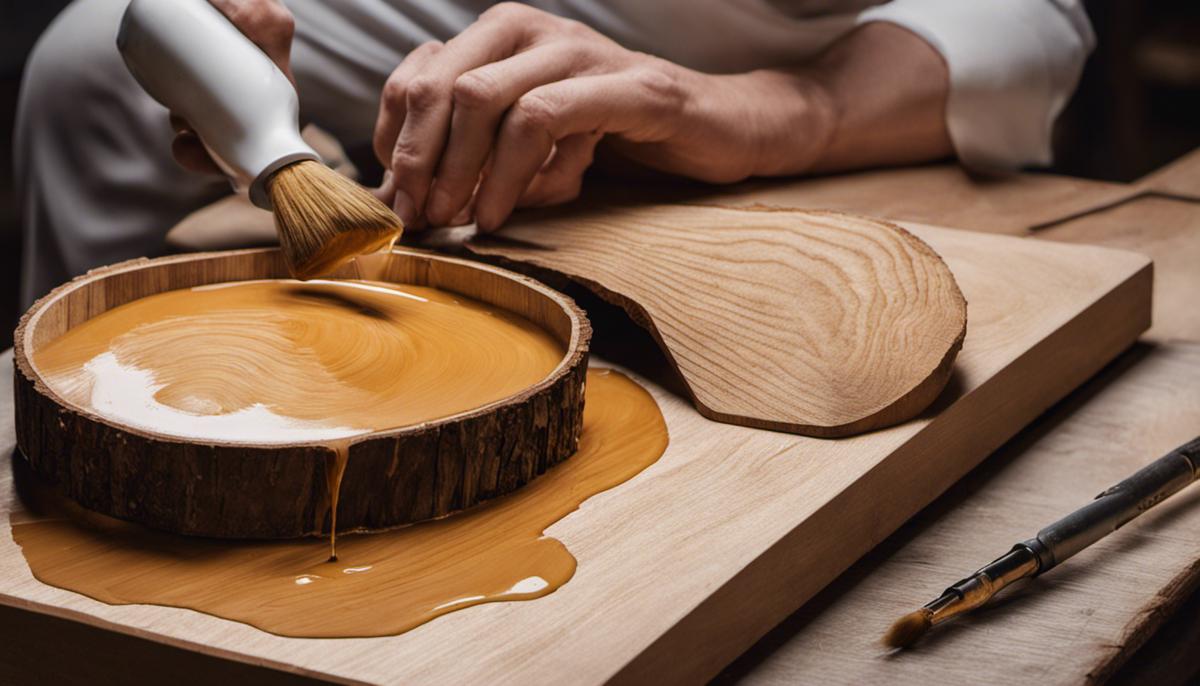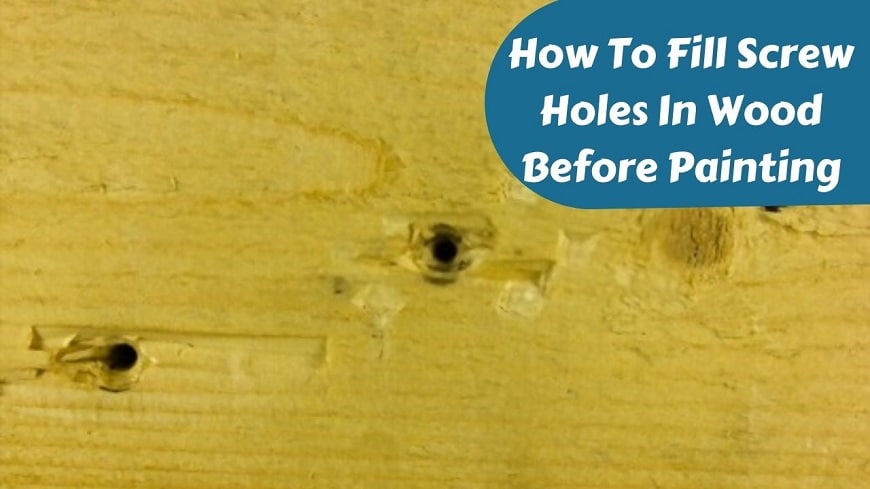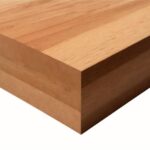Are you looking to give your wood siding a fresh coat of paint? Calculating the paint coverage needed for your wood siding can be a daunting task.
However, with the help of a wood siding paint coverage calculator, you can easily determine the amount of paint required for the job. In this blog post, we will guide you through the process of using a wood siding paint coverage calculator, providing you with the knowledge and confidence to take on your painting project with ease.
Wood Siding Paint Coverage Calculator
Before you begin calculating the paint coverage for your wood siding, it is important to have the necessary tools at hand to ensure accuracy and precision in your measurements. The right tools will help you achieve the desired paint coverage and minimize waste, saving you time and money in the process.
Overview of Necessary Tools
The key tools for effective paint coverage calculation include a measuring tape, a laser distance measurer, a level, and a calculator.
A measuring tape is essential for accurately determining the dimensions of the surface area to be painted. A laser distance measurer provides precise measurements, especially for larger or hard-to-reach areas.
A level ensures that the measurements are taken on a horizontal plane, maintaining accuracy. A calculator helps in converting measurements and calculating the paint coverage required based on the dimensions of the surface area.
Tips for Precision Measurement Techniques
The accuracy of your paint coverage calculation greatly depends on the precision of your measurements. The measuring tape and laser distance measurer should be used carefully to ensure accurate readings. When measuring irregular surfaces, take multiple measurements and calculate the average to account for any variations.
Ensure that the level is used to maintain accuracy in horizontal measurements. Assume that even the smallest miscalculation could result in unnecessary excess or shortage of paint, impacting the final outcome of your project.
- Use a measuring tape and laser distance measurer for accurate readings.
- Utilize a level to maintain accuracy in horizontal measurements.
Tools such as a measuring tape, laser distance measurer, and level are crucial for achieving accurate measurements of the surface area to be painted.
By following precision measurement techniques and utilizing the necessary tools, you can ensure the effectiveness of your paint coverage calculation and achieve the desired results for your wood siding project.
Factors Influencing Paint Coverage on Wood Siding
Obviously, several factors can influence the coverage of paint on wood siding. It’s important to understand these factors to ensure that you achieve the desired results when painting your wood siding. Here are some key considerations:
- Type of wood
- Previous coatings
- Weather conditions
- Paint type
Recognizing the impact of these factors can help you make informed decisions and optimize the paint coverage for your wood siding.
Type of Wood: Impact on Absorption and Coverage
An essential factor influencing paint coverage on wood siding is the type of wood being used. Different types of wood have varying levels of porosity, which affects how much paint they will absorb and how the paint will spread across the surface.
Hardwoods such as oak and maple have a lower absorption rate compared to softwoods like pine and cedar, which tend to soak up more paint.
Furthermore, the natural characteristics of the wood, such as knots and grain patterns, can impact the paint coverage. Understanding the specific characteristics of the wood you are working with is crucial for determining the amount of paint needed for complete coverage.
Previous Coatings and Their Impact on New Paint Application
Coverage efficiency is significantly affected by any previous coatings present on the wood siding. If there is old paint or stain, the new paint may not adhere properly, leading to reduced coverage and the need for additional coats.
The condition of the existing coating, whether it’s peeling, chipping, or intact, will also affect the coverage of the new paint.
Plus, if the previous coating contains lead, it’s essential to follow safety regulations for proper removal. Considering the impact of previous coatings is essential for achieving a flawless finish and optimizing paint coverage.
Weather Conditions and Their Effect on Paint Application
The environmental conditions during the painting process play a significant role in paint coverage on wood siding. The temperature, humidity, and wind can impact the drying time of the paint, affecting its ability to spread and adhere to the wood surface. High humidity can lead to slower drying, while strong winds can cause uneven application and wastage of paint.
Paint coverage also depends on whether the wood siding is exposed to direct sunlight or is in a shaded area, as this can affect the drying time and overall finish. Considering the weather conditions is crucial for achieving consistent and optimal paint coverage.
The Role of Paint Type in Coverage Efficiency
Impact of paint type on wood siding coverage efficiency cannot be overlooked. Different types of paint, such as latex, oil-based, or acrylic, have varying coverage capabilities. While some paints may require multiple coats for proper coverage, others may offer excellent coverage with just one coat, depending on the type of wood and the environmental conditions.
Conditions like temperature and humidity can also influence the performance of the paint, affecting its coverage and overall durability. Choosing the right paint type based on these conditions is essential for achieving efficient coverage and a long-lasting finish on wood siding.
How to Prepare Wood Siding for Accurate Paint Coverage Calculation
Unlike other surfaces, preparing wood siding for accurate paint coverage calculation requires attention to detail and thoroughness. Properly preparing the surface ensures that the paint covers evenly and adheres well, resulting in a more polished and long-lasting finish.
Cleaning and Priming: Essential First Steps
One of the essential first steps in preparing wood siding for accurate paint coverage calculation is to thoroughly clean the surface to remove any dirt, debris, and mildew.
A pressure washer can be used to wash away surface contaminants, followed by a cleaning solution to eliminate any remaining grime. After cleaning, it’s important to prime the wood siding with a high-quality primer that will seal the surface and provide a smooth base for the paint.
Once the primer is applied, allow it to dry completely before moving on to the next step. This ensures that the paint will adhere properly and provide the desired coverage. Skipping the priming step can result in uneven coverage and premature paint failure.
Identifying and Repairing Damages
One of the critical aspects of preparing wood siding for accurate paint coverage calculation is identifying and repairing any damages to the surface.
This includes addressing issues such as rot, cracks, and peeling paint. Cleaning the surface and making necessary repairs ensures that the paint will go on smoothly and uniformly, without any blemishes or imperfections affecting the coverage.
For instance, if there are any holes or gaps in the wood siding, these should be filled with an appropriate filler and sanded down to create a smooth, even surface. Addressing these issues before painting will ultimately result in a more accurate paint coverage calculation and a professional-looking finish.
Calculating Your Wood Siding Paint Coverage: A Step-by-Step Guide
To accurately calculate the amount of paint needed for your wood siding, it is important to follow a systematic approach. Breaking down the process into steps will ensure that you have the right amount of paint and minimize waste. Let’s go through the key steps in the process.
| Step 1 | Measuring the Area: Tips for Accuracy |
| Step 2 | Determining the Number of Coats Needed |
| Step 3 | Using the Paint Coverage Calculator: A Demonstration |
| Step 4 | Including Allowances for Waste and Misapplication |
Measuring the Area: Tips for Accuracy
Measuring the area to be painted is the crucial first step in the process. Use a measuring tape to measure the height and width of each section of wood siding.
Multiply the height by the width to get the square footage of each section. Add up all the square footage measurements to get the total area to be painted. This method will ensure accurate measurements and help you avoid underestimating or overestimating the paint needed.
- Use a measuring tape for precise measurements
- Double-check all measurements for accuracy
- Consider the number of windows and doors in your calculations
This accurate measurement will serve as the foundation for the rest of the calculations. It will help you determine the amount of paint needed for adequate coverage and avoid unnecessary trips to the store. This step is crucial in ensuring the success of your painting project.
Determining the Number of Coats Needed
Determining the number of coats of paint needed involves considering factors such as the condition of the wood siding, the color of the paint, and the desired finish. Inspect the wood siding for any imperfections or discoloration that may require additional coats of paint for coverage.
Darker colors may also require more coats to achieve full coverage. Taking these factors into account will help you determine the appropriate number of coats for your wood siding.
A thorough assessment of the wood siding’s condition and an understanding of the paint characteristics are vital in determining the number of coats needed. These considerations will ensure that the final result meets your expectations and provides long-lasting protection for your wood siding.
A uniform paint coverage across the entire wood siding surface will enhance the aesthetic appeal of your property and provide protection from the elements. It is important to calculate the exact amount of paint needed to cover the siding, factoring in the number of coats required for optimal results. This will ensure that you have sufficient paint to complete the project without any interruptions.
Using the Paint Coverage Calculator: A Demonstration
Coverage calculators are helpful tools that can streamline the process of determining the amount of paint needed for your wood siding.
These calculators take into account the type of paint, the surface area to be covered, and the number of coats required. By inputting these parameters, the calculator provides an accurate estimate of the paint needed, helping you avoid over-purchasing or running out of paint mid-project.
Utilizing a paint coverage calculator simplifies the estimation process and allows for efficient planning and budgeting. By leveraging this tool, you can ensure that your wood siding painting project proceeds smoothly and stays within the predefined timeline and budget.
Any additional factors such as texture or porosity of the wood siding should also be considered for a more accurate estimate. A paint coverage calculator will take these factors into account to provide a realistic projection of the paint quantity required, saving you time and resources.
Including Allowances for Waste and Misapplication
Misapplication of paint and unexpected waste can occur during the painting process. It is important to include allowances for these potential factors when calculating the amount of paint needed for your wood siding. Adding a small buffer to account for waste, spills, or unforeseen errors will ensure that you have a sufficient supply of paint to complete the project.
The inclusion of allowances for waste and misapplication serves as a precautionary measure, providing a safety net in case of any unexpected occurrences during the painting process. By factoring in these allowances, you can proceed with your wood siding painting project with confidence and peace of mind.
Money-Saving Tips for Paint Purchase and Application
Despite the cost of paint and its application, there are ways to save money without compromising the quality of the finish. By following a few simple tips, you can make your paint purchase go further and ensure a professional-looking result for your wood siding.
- Compare prices at different stores or online to find the best deal on quality paint.
- Consider buying mistinted or mistint paint, which is often deeply discounted and can be a great option for achieving unique color combinations.
- Invest in high-quality paint brushes and rollers to ensure smooth application and better coverage, which can reduce the amount of paint needed.
This will not only save you money but also help you achieve professional-looking results that last longer.
How to Buy Paint Economically Without Sacrificing Quality
Quality paint doesn’t have to break the bank. When purchasing paint, look for sales, discounts, and special promotions that can help lower the cost without compromising the quality of the product.
Consider buying larger quantities to take advantage of bulk discounts, especially if you have a large area to cover. Additionally, some paint stores offer loyalty programs, coupons, or rebates that can provide extra savings on future purchases.
Effective Paint Application Techniques to Maximize Coverage
Paint application techniques can significantly impact the coverage and overall outcome of your wood siding project. Proper preparation, including cleaning and priming the surface, can enhance the paint’s adhesion and increase its coverage.
Additionally, using the right tools and applying an even coat of paint can result in better coverage, reducing the amount of paint needed for the project.
Application of paint using a spray gun can also maximize coverage and ensure an even finish, further reducing the amount of paint required and saving you money in the process.
When to Hire a Professional vs. DIY: A Cost-Benefit Analysis
Sacrificing quality for cost may not always be the best option. Before deciding between hiring a professional or doing it yourself, consider the scale and complexity of the project, your expertise and available time, and the potential cost savings. While DIY might seem cost-effective, hiring a professional can ensure a higher-quality finish, reduce the risk of mistakes, and save you time and effort in the long run.
Hiring a professional can also provide access to specialized tools and techniques, ultimately resulting in a more efficient and cost-effective paint application process.
Troubleshooting Common Issues in Paint Coverage for Wood Siding
After completing the paint job on your wood siding, you may encounter common issues that can affect the overall coverage and appearance of the surface. Understanding the causes of these problems and knowing how to address them will help you achieve a smooth and uniform finish.
Dealing with Uneven Coverage: Causes and Solutions
Wood siding may show signs of uneven paint coverage due to various reasons such as improper application techniques, surface preparation, or low-quality paint.
To ensure uniform coverage, it is essential to thoroughly inspect the surface for any imperfections before painting. Sanding down rough areas and applying a primer can help create a smooth base for the paint to adhere to, resulting in a more even finish. Additionally, using high-quality paint and applying it with consistent brush or roller strokes can also help prevent uneven coverage.
If you notice uneven coverage after the paint has dried, you can lightly sand the affected areas and apply an additional coat of paint to even out the finish. It is important to follow the manufacturer’s recommendations for drying times between coats to achieve the best results.
Addressing Drips and Runs: Prevention and Fixes
Solutions for preventing drips and runs during the painting process involve proper application techniques and the use of suitable tools. Ensuring that the paint is not excessively thick and using the correct size and type of brush or roller can help minimize the occurrence of drips and runs.
Additionally, maintaining a steady and controlled pace when applying the paint can prevent excess buildup that leads to drips.
Drips and runs can be fixed by carefully sanding the affected areas once the paint has dried, and then applying a touch-up coat to blend in the repaired spots. It is important to address drips and runs promptly to prevent them from drying and becoming more difficult to fix.
More information about addressing drips and runs during the painting process can be found in the section on applying paint with proper techniques and tools.
Navigating Challenges with Difficult Wood Siding Textures
Navigating challenges with difficult wood siding textures involves understanding the specific characteristics of the surface and using appropriate painting techniques to achieve optimal coverage. The texture of the wood siding, such as rough or uneven grain patterns, can pose challenges when applying paint, leading to inconsistent coverage and adhesion issues.
It is crucial to choose a paint product that is designed to adhere to rough surfaces and to use application methods that work well with the unique texture of the wood siding.
The use of primer specifically formulated for textured wood surfaces can help create a more uniform base for the paint to adhere to, reducing the risk of adhesion issues and uneven coverage. Additionally, applying the paint with stippling or dabbing motions can help work the paint into the crevices of the textured wood siding, ensuring better coverage and a more visually appealing finish.
Maintenance and Longevity of Paint on Wood Siding
Your wood siding is a crucial element of your home’s exterior, and proper maintenance is essential to ensure the longevity of the paint. By implementing routine maintenance measures and knowing when to recoat, you can extend the life of the paint and keep your wood siding looking fresh for years to come.
Routine Maintenance Tips to Extend Paint Life
Extend the life of your wood siding paint by regularly cleaning the surface to remove dirt, mildew, and other contaminants that can cause paint to deteriorate. Additionally, inspect your wood siding annually for any signs of peeling or cracking, and promptly address any issues by repairing and repainting the affected areas. It’s also important to keep vegetation trimmed and away from the siding to prevent moisture buildup and potential damage. Any necessary touch-ups or repairs should be carried out in a timely manner to prevent further deterioration of the paint.
When to Recoat: Signs Your Wood Siding Needs New Paint
On occasion, your wood siding will require a fresh coat of paint to maintain its appearance and protection. Signs that indicate the need for a new paint job include peeling, fading, or cracking of the existing paint, as well as visible wood damage or rot. It’s crucial to address these issues promptly to prevent further deterioration of the siding and to maintain the overall integrity of your home’s exterior. Paint coverage calculators can assist in determining the amount of paint needed for a recoating project.
Long-term Care Strategies for Painted Wood Siding
Wood siding is a durable and timeless choice for home exteriors, and with the right care, a painted finish can last for many years.
Proper long-term strategies for maintaining painted wood siding include regular inspections and cleaning, as well as addressing any needed repairs or touch-ups promptly. Additionally, applying a high-quality primer and paint when initially painting the siding can significantly extend the lifespan of the finish.
To wrap up
Hence, the Wood Siding Paint Coverage Calculator is an essential tool for homeowners and professionals looking to accurately estimate the amount of paint needed for their wood siding projects. By inputting the dimensions of the siding and the desired coating thickness, users can save time, money, and resources by purchasing the right amount of paint for the job. This calculator takes the guesswork out of the equation and provides a reliable estimate for an efficient and successful painting project.
Overall, the Wood Siding Paint Coverage Calculator is a valuable resource for anyone working with wood siding. With its user-friendly interface and accurate calculations, it is a convenient tool that can streamline the planning and execution of painting projects, ensuring a smooth and satisfying finish. By utilizing this calculator, individuals can make informed decisions and achieve optimal results when painting their wood siding.








